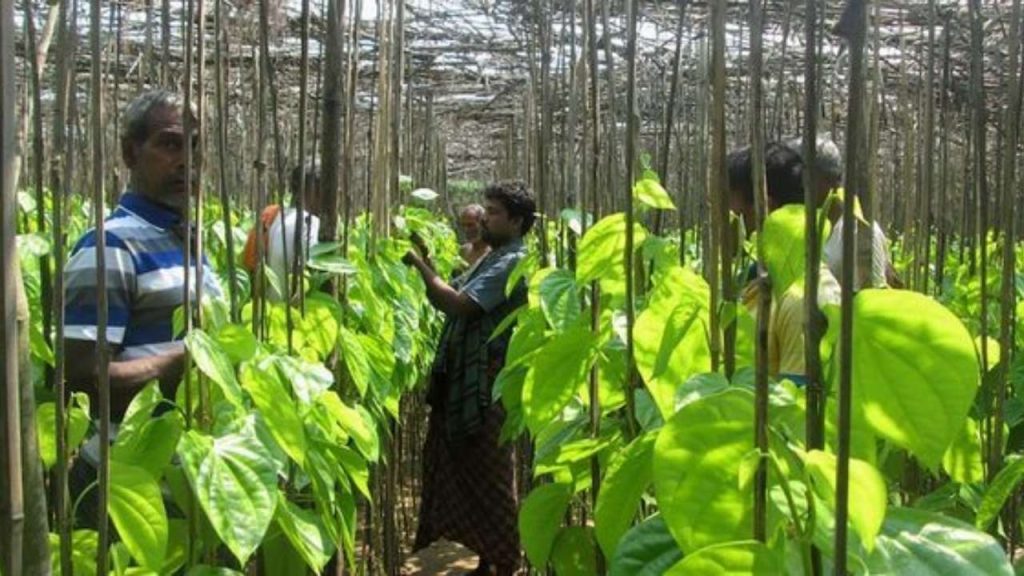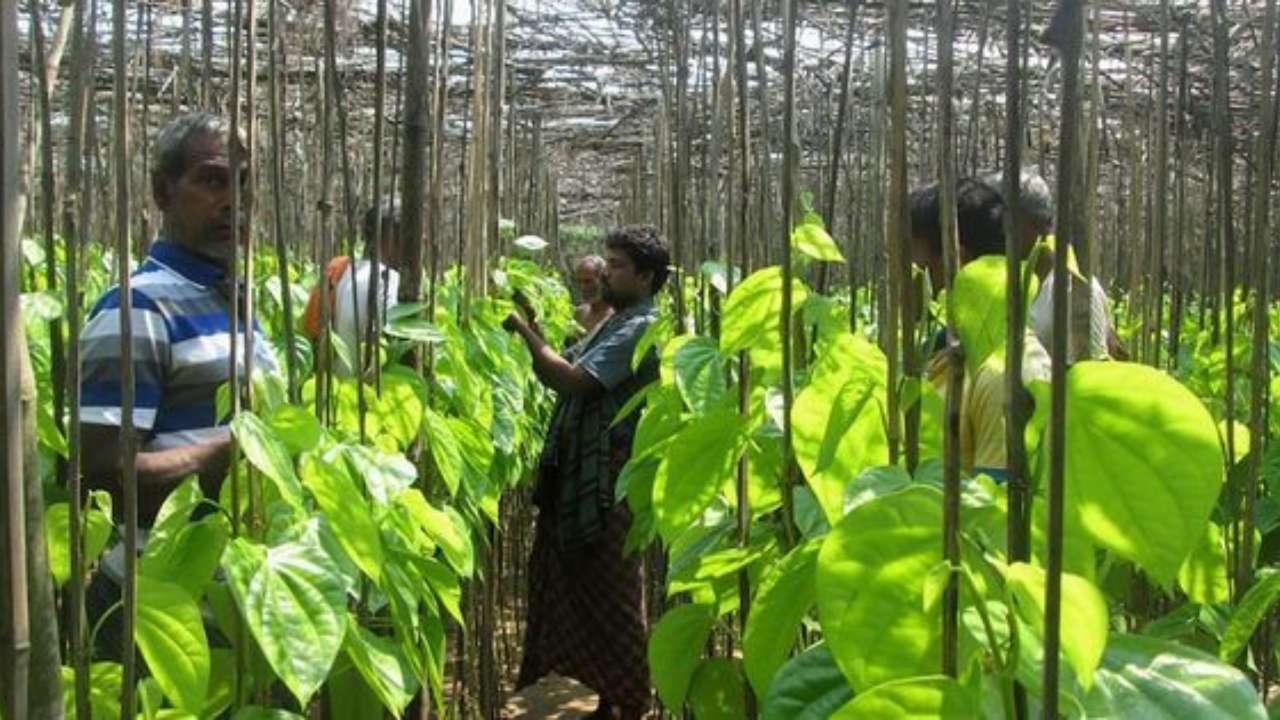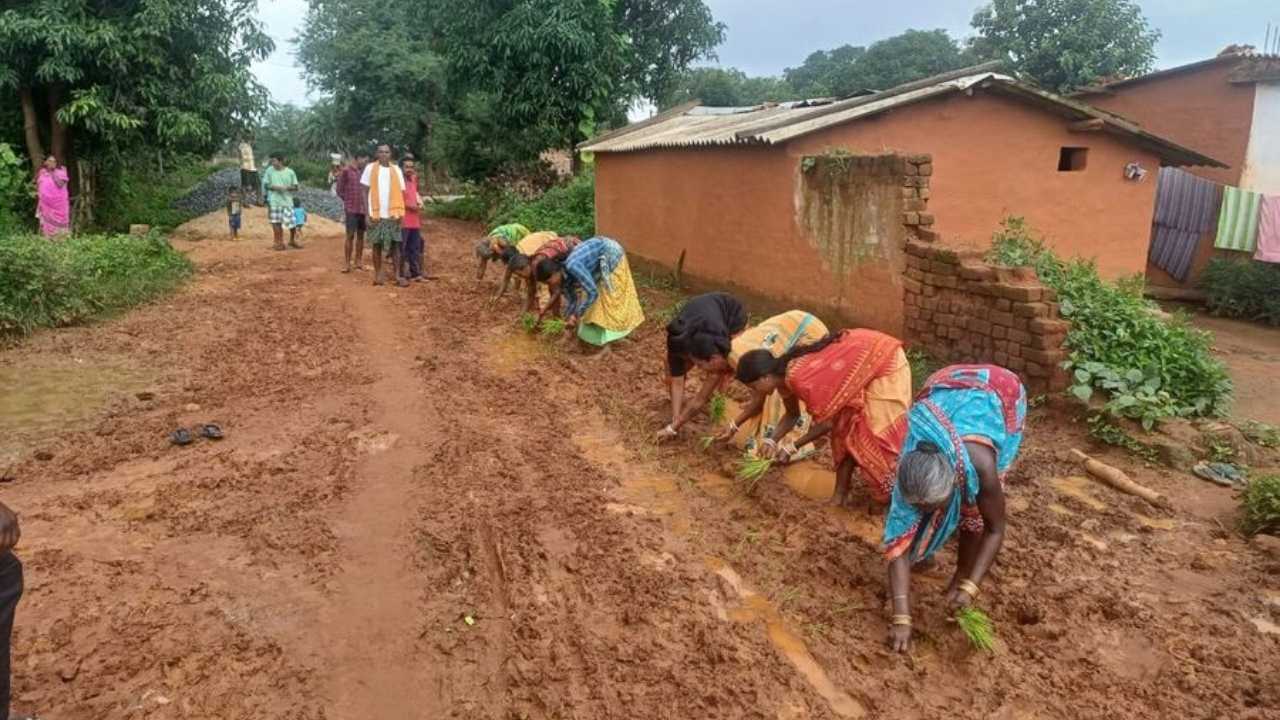In recent years, Khanduru, a small village in Odisha’s Ganjam district, has become a reflection of the broader struggles faced by agricultural communities in India. Known for its thriving betel leaf cultivation, the village once saw flourishing fields of this iconic crop. But today, many of these fields stand abandoned, and the farmers who once relied on betel cultivation for their livelihood are now seeking alternative sources of income. The driving factors behind this decline are multifaceted, but perhaps the most significant is the lack of adequate government support.

In this article, we will break down the challenges Khanduru’s farmers face, explore the causes behind the collapse of the betel industry, and offer insights into what might be done to restore this once-promising sector. Whether you’re a curious reader or a policy expert, this guide provides a comprehensive understanding of the situation with practical advice and real-life examples.
Khanduru Farmers Abandon Betel Cultivation
| Topic | Details |
|---|---|
| Location | Khanduru, Ganjam district, Odisha |
| Main Crop | Betel leaf |
| Farmers’ Struggles | Lack of government support, environmental challenges, rising production costs, and changing market dynamics. |
| Government Assistance | Financial aid of ₹2,500 per unit, interest-free loans, and inclusion in welfare schemes. |
| Current Situation | The number of betel farms in Khanduru has drastically reduced from hundreds to just 7–10 farms. Many farmers have turned to other livelihood options. |
| Key Sources | New Indian Express |
| Official Resources | Odisha Government Agriculture Department |
The situation in Khanduru is a stark reminder of the challenges faced by agricultural communities, not just in India but across the world. As we’ve seen, lack of government support, combined with rising costs and environmental factors, has left many farmers struggling to survive. However, with the right intervention, innovation, and support, it is still possible to turn things around.
For farmers, the key is adaptability. By diversifying crops, embracing technology, and exploring new markets, they can continue to build resilience in the face of adversity. For the government and stakeholders, the focus must be on sustained investment in the agricultural sector to ensure that farmers receive the support they need to thrive.
Why Betel Leaf Cultivation Was Once the Heartbeat of Khanduru
To understand the current crisis, it’s essential to first appreciate why betel leaf cultivation was so important to Khanduru. Betel leaves are a key component of the paan industry in India, often used in the preparation of traditional paan (a chewable mixture of betel leaves, areca nut, and slaked lime). For centuries, the cultivation of betel leaves has been not just a source of income but a cultural tradition in many parts of India, including Odisha.
Khanduru was one of those places. The fertile land, along with the local climate, made it an ideal location for betel vine farming. It provided steady income for generations of families. Farmers could sell their produce at local markets or directly to wholesale dealers, ensuring a reliable source of income.
A Ripple Effect: How Betel Farming in Khanduru Began to Decline
The collapse of the betel leaf sector in Khanduru didn’t happen overnight. Instead, it was the result of years of neglect, mounting challenges, and a lack of adequate government intervention. Let’s explore each factor in detail.
1. Lack of Government Support
At the heart of the issue is a critical gap in government support. Betel farmers in Khanduru have voiced their frustration over the limited help they’ve received. Despite the crop being an important source of income for the region, the farmers report no compensation for crop losses caused by natural calamities like floods and cyclones. For instance, the frequent occurrence of unseasonal storms has destroyed large swathes of betel crops, leaving farmers with nothing to show for their hard work.
On top of that, farmers dealing with pests and other environmental challenges have also received minimal assistance. Many feel like they’re on their own, struggling to keep their farms afloat.
2. Rising Production Costs
Another significant hurdle is the rising cost of inputs. A key component of betel farming is bamboo, which is used to support the vines. In the 1970s, a bundle of 1,000 bamboo pieces cost around ₹150–₹200. Fast forward to today, and that same bundle can cost up to ₹8,000. These skyrocketing costs have placed a severe strain on farmers who are already facing low returns for their produce.
Coupled with these high expenses, the price of betel leaves has stagnated. While the cost of production has increased substantially, the price farmers receive for their crops has remained relatively low, making the industry unsustainable.
3. Environmental Challenges
As if the financial strain wasn’t enough, Khanduru farmers also have to contend with environmental challenges. The region is prone to unseasonal rains and storms, which frequently destroy betel vines. And it’s not just the weather causing problems; monkey attacks have been reported to ravage the crops as well. These environmental threats have made it harder for farmers to sustain their crops year after year.
4. Changing Consumer Preferences
The rise of gutkha (a form of chewable tobacco) has also contributed to the decline in demand for traditional paan. The younger generation, in particular, is turning away from the traditional betel leaf consumption in favor of more accessible and cheaper alternatives like gutkha. This shift in consumer habits has led to a reduced market for betel leaves, further pushing farmers away from the industry.
What the Government Is Doing to Address the Crisis
Recognizing the significance of betel farming in Khanduru and other parts of Odisha, the government has taken some steps to revive the sector. The Odisha government has announced financial aid for betel leaf and kia flower farmers, offering ₹2,500 per unit to farmers with at least 200 square meters of land under cultivation. This is part of an effort to offset production costs and encourage farmers to stay in the business.
Additionally, interest-free loans of up to ₹1 lakh are being promoted through the Kisan Credit Cards scheme. This move is intended to help farmers with working capital and encourage them to continue farming without the burden of high-interest rates.
However, while these measures are a step in the right direction, many farmers feel that the government’s efforts have been too little, too late. Despite the official announcements, many farmers still face practical difficulties on the ground, including delayed disbursements of financial assistance and limited access to government welfare programs.
Practical Advice for Farmers
For the farmers of Khanduru and similar regions grappling with similar issues, there are a few practical steps they can take to adapt to the evolving agricultural landscape:
1. Diversifying Crops
One of the most effective ways to reduce risk is through crop diversification. Farmers who rely solely on betel cultivation may want to explore alternative crops that are better suited to their land and climate conditions. This can help mitigate the risks associated with a single crop failure and provide a steady source of income.
2. Utilizing Modern Technology
Technology can be a game-changer for farmers struggling with environmental challenges. By adopting drip irrigation, solar-powered solutions, and even drones for pest control, farmers can increase productivity and reduce losses due to weather events. The government and various non-governmental organizations (NGOs) also offer training programs on the use of such technology.
3. Exploring New Markets
As consumer preferences shift, it might be worth exploring new markets for betel leaves. For example, some farmers have begun to process their betel leaves into products like betel leaf extract or cosmetics, which can open up higher-value markets beyond traditional paan consumption.
Odisha CM Majhi Pledges Full Coverage for Farmers in PM, CM KISAN Schemes
PM Modi Unleashes Rs 20,500 Crore PM-KISAN Boost; Odisha Farmers to Gain
E-KYC Mandatory for Odisha Farmers to Continue Receiving Scheme Aid; Deadline Looms.
FAQs
1. What is the Odisha government’s plan for betel farmers?
The government has announced financial assistance of ₹2,500 per unit for farmers with at least 200 square meters of betel leaf cultivation. Farmers are also eligible for interest-free loans through the Kisan Credit Card scheme.
2. Why did betel farming decline in Khanduru?
The decline was caused by a combination of rising production costs, environmental challenges, changes in consumer habits, and lack of adequate government support.
3. Can farmers still profit from betel leaf cultivation?
While the industry is struggling, there are still opportunities for farmers who diversify their crops, adopt new technologies, and explore alternative markets.





